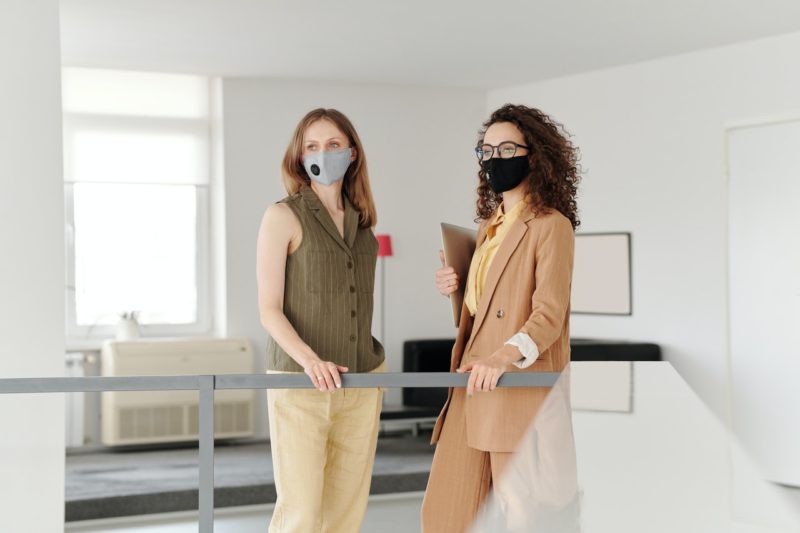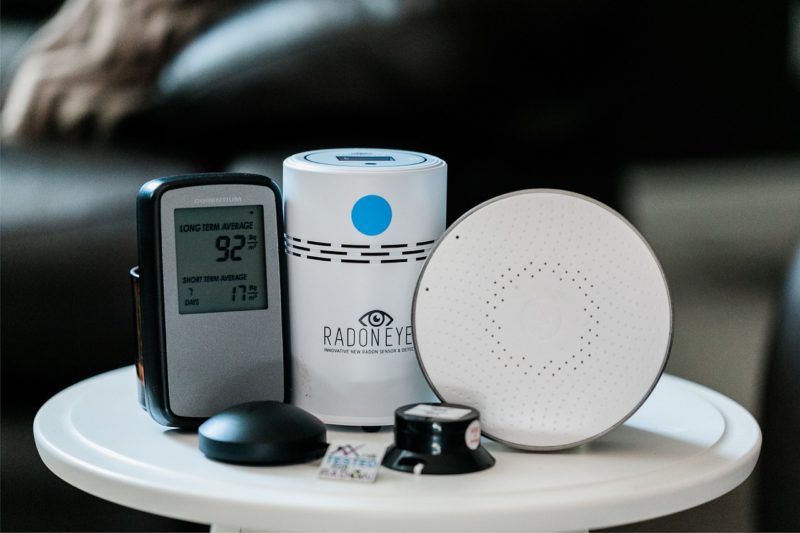Effective IAQ Strategies to Implement During COVID-19
Consumers are growing wary of the air they breathe, with 94% of those surveyed here considering indoor air quality important in preventing COVID-19 transmission. Industry-leading agencies confirm this concern. ASHRAE and the CDC have both established guidelines for maintaining healthy air to reduce risk. But with new information coming out every day, it can be difficult to keep up. In this post, we’ll cover researched-backed strategies to ensure your air quality is safe and healthy for occupants.
Increase ventilation and airflow in your occupied spaces.
Running ventilation at 100 percent outdoor air is ideal to maximize fresh air, but it’s not typically viable. A good first step would be maintaining minimum outdoor air flow rates as specified by the applicable codes and standards. If you want to go further for added precaution, indoor air quality monitoring can help. Monitoring carbon dioxide levels allows you to identify the areas where ventilation should be increased for safety, and where it can be decreased to balance costs. If you’re out of options, simply opening windows and turning on ceiling fans can significantly increase airflow.
Upgrade filtration set up.
Your filters are instrumental in ensuring clean air is being provided to occupants. During COVID-19, it is important to use high efficiency filters that perform better than their cost-effective counterparts. ASHRAE recommends upgrading to MERV-13 filters if possible and going with the highest compatible class if not. If you must go with a lower filter class, use a mix of air cleaners and filters that can achieve the MERV-13 performance for air recirculated.
Add air purification solutions to the mix.
Sometimes desired air flow rates cannot be met with ventilation and air filtration alone. This is when air purification solutions should be considered. Portable HEPA filtration units work well to clean the air in a variety of enclosed spaces ranging from classrooms and offices to dental and hotel rooms.
If indoor pollutant levels reach critical limits, more advanced air cleaning systems may be warranted. Bipolar Ionization systems have grown in popularity since the pandemic, and some evidence exists in support of their ability to remove particles and chemicals from the air. However, be cautious. Do your homework to make sure the investment is right for you. And if you decide to use any air purification solution, make sure to implement a data collection solution to gather evidence that it works.
Track air quality over time with continuous monitoring.
How will you know the status of your air quality without any data supporting it? Continuous indoor air quality monitoring is the answer. By gathering real-time readings of indoor pollutant levels, you can track and monitor the parameters that affect wellbeing. For example, if carbon dioxide levels are high in the conference room it may mean occupancy is too high, or ventilation is insufficient. These conditions could exacerbate the risk of COVID-19 transmission.
If you use a solution like qlair, you’ll be able to see real-time readings on air quality as they pertain to the various areas of your building. With a web dashboard and smartphone app, you can make sure new strategies are working and track progress over time.













